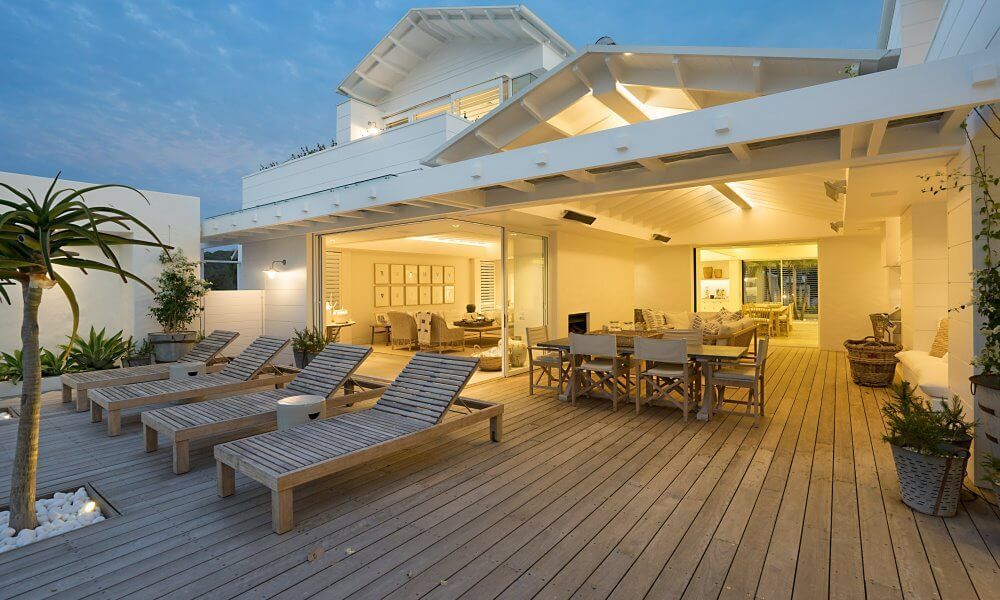Adding a deck to your home can provide a comfortable space to relax, entertain, and enjoy the outdoors. Two popular options for deck materials are pressure-treated wood and cedar wood. Let’s look at the pros and cons of each, comparing their durability, maintenance, cost, and appearance.
Pressure Treated Decks: Pros
- Durability: Pressure-treated wood is chemically treated to protect against rot, decay, and insects, making it more durable and resistant to the elements than untreated wood.
- Cost-Effective: Generally, pressure-treated wood is less expensive than other types of wood, making it a popular choice.
- Low Maintenance: Requiring minimal upkeep, pressure-treated wood only needs occasional cleaning and sealing to prevent cracking, warping, and sun damage.
Pressure Treated Decks: Cons
- Appearance: Initially, pressure-treated wood has a greenish hue and turns gray over time. Although staining can improve its appearance, it may not be as visually appealing as other options.
- Chemicals: The chemicals used to treat pressure-treated woods can be harmful to humans and the environment.
- Warping: Pressure-treated wood can warp and crack, so it’s essential to seal and clean it regularly.
Cedar Wood Decks: Pros
- Appearance: Cedar wood boasts a naturally warm, orange hue and smells pleasant, providing a rich appearance for homeowners. It doesn’t turn gray as quickly as pressure-treated wood.
- Durability: As a hardwood, cedar is naturally resistant to rot, decay, and insects, making it longer-lasting than pressure-treated wood.
- Low Maintenance: Similar to pressure-treated wood, cedar requires minimal maintenance—just occasional cleaning and sealing to prevent warping and preserve color.
Cedar Wood Decks: Cons
- Expense: Cedar wood is generally more expensive than pressure-treated wood and can be comparable in price to composite wood.
- Softness: Cedar wood is relatively soft, making it susceptible to dents and damage from wear and tear.
- Weathering: While cedar resists decay and doesn’t turn gray as quickly, it still weathers from sun exposure and regular use. Consequently, it may need replacing sooner than some pressure-treated woods.
In conclusion, pressure-treated decks are the most cost-effective and popular choice for many homeowners. However, those who desire a more luxurious finish may opt for cedar wood due to its appearance and low maintenance. Both options have their merits, but the ultimate decision depends on the homeowner’s budget, preferences, and long-term goals for their backyard. Additionally, composite materials offer a non-wood alternative with extended longevity, which can be considered as another viable option.

